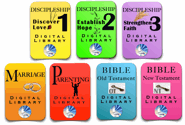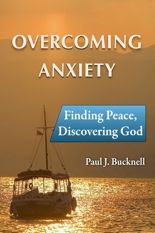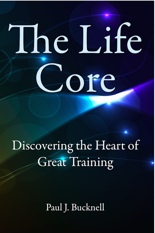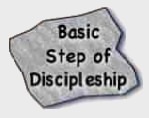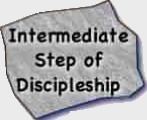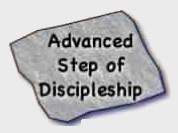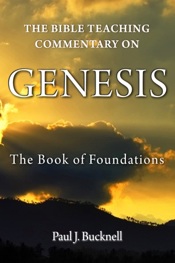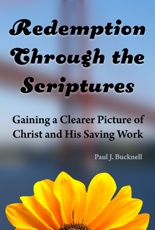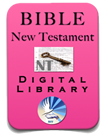
Romans: Laying a Solid Foundation
The Bible Teacher's Commentary
Paul J. Bucknell
Romans 1:1-17 Basic Bible Study Questions
QUALITIES NEEDED TO SERVE EFFECTIVELY IN OUR CHURCH
Romans 1:1-17 Basic Study Questions
Romans 1:1-17 Advanced Study Questions
Introduction Romans 1-3:20: Read |Audio mp3 | Video
Introduction Romans 3:21-8: Read | Audio mp3 | Video
Introduction Romans 09-16 : Read | Audio mp3 | Video
![]()
1. What term does Paul use to describe his relationship to Jesus Christ (1:1)?
2. How did he know he was to be an apostle (1)?
3. What did God do to Paul concerning the Gospel of God (Romans 1:1)?
4. What spiritual ‘equipment’ did Paul receive to carry out his ministry (5)?
_____________ and _____________
5. What was the desired result of using the spiritual equipment (Romans 1:5)?
6. What spiritual benefits or ‘equipment’ do you and other believing church members receive (6,7)?
1)
2
3)
4)
5)
7. Verse 8 tells us that we should have an attitude of __________ toward all other members in the church.
8. We should also have an attitude of __________________________ (Romans 1:9).
9. What was Paul’s request in verse 10?
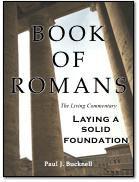 |
Order the Book of Romans: Bible Studies in digital or paperback! |
You can download the whole Roman's commentary in eBook (regular print size - pdf). Check out details and specials now! |
10. Why did he yearn and long to see these church members (Romans 1:11)?
11. What did he expect to receive from them (Romans 1:12)?
12. Why didn’t Paul come right away to see the church members at Rome (Romans 1:13;15:22,23)?
13. What one word could we replace for the different people mentioned in verse 14?
14. How are we to feel concerning our obligation to present the Word of God to everyone (15)?
15. Why shouldn’t we be ashamed of the Gospel (Romans 1:16)?
16. What is revealed in the Gospel (Romans 1:17)?
17. A person can only have God’s righteousness by __________ (17).
18. List at least three changes you desire to take place in your life because of these verses.
a.
b.
c.
![]()
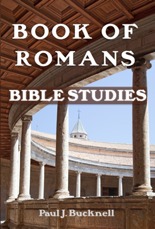 |
Order the Romans Bible study book. |
You can download it as a nicely formatted eBook (regular print size - pdf). Check out details or order now! |
|
The BFF New Testament Bible Digital Library has all the Roman study and advanced study questions (as above) plus all of BFF's Bible resources. Details or purchase. |
info@foundationsforfreedom.net
Scriptures typically quoted from the New American Standard Bible unless noted:
(C) Copyright The Lockman Foundation 1988
